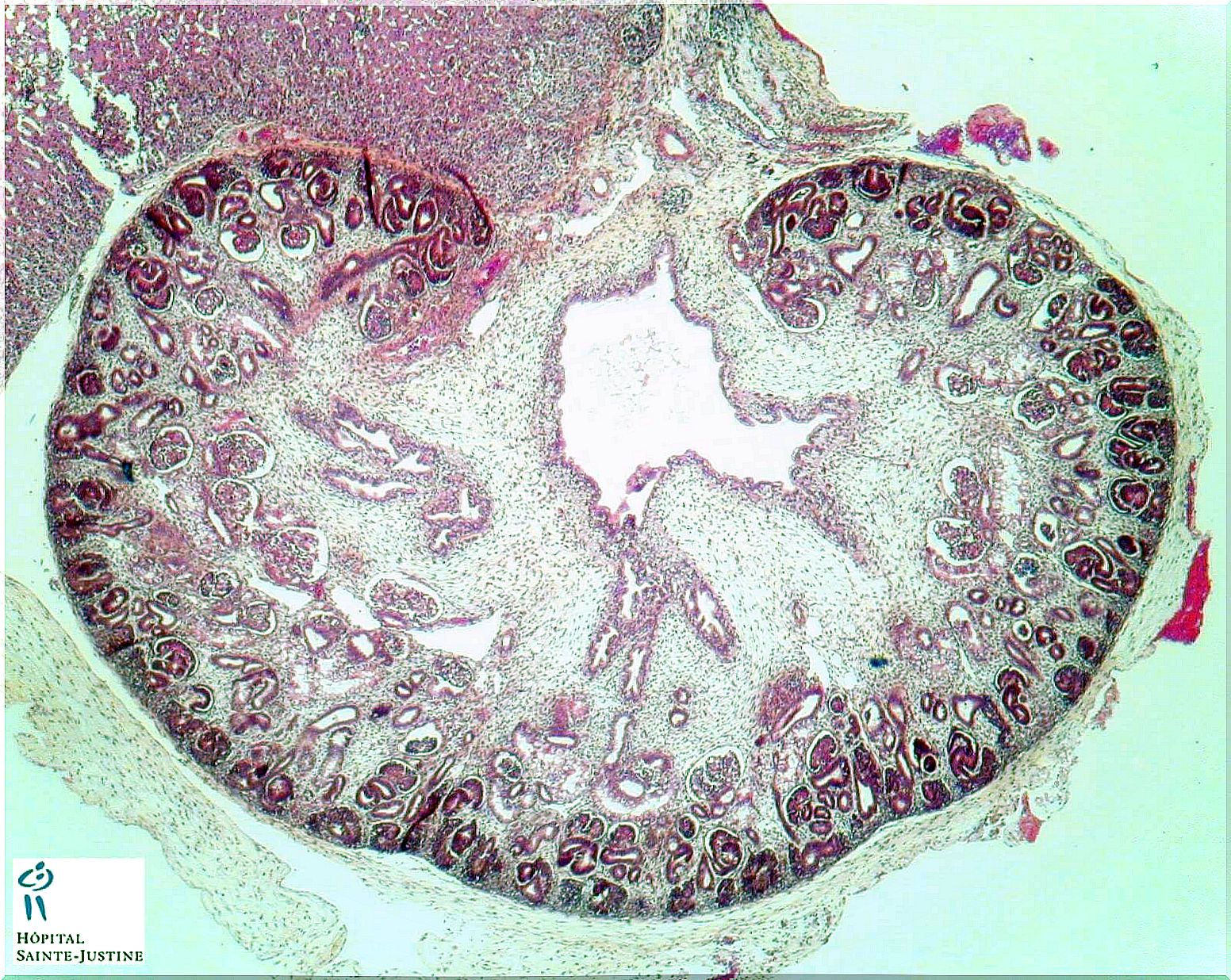What Is Fetal Pyelic Ectasia?

Fetal pyelic ectasia or hydronephrosis is a disease that affects the excretory ducts that exit the kidney, causing a dilation in the area where urine circulates. When the mother goes for a pregnancy control ultrasound, the doctor may confirm if the baby has ectasia or dilatation in an area where urine passes.
Causes of fetal pyelic ectasia
This disease has to do mainly with circulating maternal hormones or increased fetal diuresis, which is the amount of urine produced in a given time. This diagnosis should not be alarming, it will only be necessary to follow a more exhaustive ultrasound control while the pregnancy continues to advance and when the baby is born, the necessary controls will be carried out to know how far the problem could go.
Fetal pyelic ectasia can be caused by various factors:
- The fetus produces too much urine.
- The bladder may not work well.
- The mother may have drunk alcohol excessively.

Problems caused by fetal pyelic ectasia
Doctors will study the newborn with fetal pielic ectasia for any of these conditions:
- Anomalies that cause obstruction: They can occur due to a narrowing at the junction between the pelvis and the ureter, which is associated with large ectasias. It can also be due to an obstruction of the urethra.
- Febrile picture for no reason: The doctor may observe that the child has a fever for no reason so he will analyze if a urinary infection can be treated.
- Non-obstructive pathologies: Between 10% and 20% of ectasias approximately, vesico-ureteral reflux can be detected in the baby. This occurs when the bladder is instead of emptying urine only towards the urethra, it also does so towards the ureter and the kidney.
Other consequences it can cause:
- You could have a multicystic kidney.
- There is a possibility that you will be born with a strong urinary infection.
- It could cause chronic kidney failure.
How to know if the baby was born with fetal pyelic ectasia
If the baby is born with a prenatal dilation greater than 15 mm, an ultrasound should be performed during the first days of life. Based on the results, doctors will determine if they do other imaging tests to look for causes that need surgery and to assess how well the kidneys are working.
In the case that the baby is born with mild or moderate fetal ectasia, the ultrasound will be applied between 2 and 4 weeks of life. When the test is performed, two situations can occur:
- Fetal pyelic ectasia disappears. If this happens, no other test will be necessary, unless the pediatrician requests to follow up the case if there is a suspicion of a urinary infection.
- The dilation continues. In the event that dilation is maintained, the disease will be monitored individually and the pediatrician will be in charge of determining the evolution and the treatments to be followed.
Other abnormalities that prenatal ultrasound may indicate
Through prenatal ultrasound, other abnormalities can be determined. Therefore, it is very important to do it and that the pediatrician can provide a follow-up to any strange situation that he may notice. These are some of the abnormalities that could be seen through ultrasound:
- Involvement of the major or minor renal calyces.
- Presence of renal alterations.
- Oligoamnios.
- Dilation of the ureters.
- Bladder dilation
Interesting facts about fetal pyelic ectasia
There are several data about this disease that we must handle to be prepared and consult with our pediatrician any questions we may have:
- According to statistical data, it can appear in 4% of pregnancies.
- It is more common in boys than in girls. In addition, it is considered more common to take place on the left side of the body than on the right.
- If the dilation is less than 7 millimeters it is considered normal and if it is between 7 and 9 millimeters it is considered slight. If it is between 9 and 15 millimeters, it will be moderate, as it exceeds 15 millimeters it is already considered serious.
- After the baby is born, this problem can be thoroughly examined and the next steps to be determined. Only follow-up can be done in pregnancy.
In case the baby is diagnosed with fetal pyelic ectasia, you should not be alarmed, consult all your doubts with the pediatrician and he will determine the procedure to follow after birth. Through the indicated treatment, the baby will be able to overcome the problem without any inconvenience.










